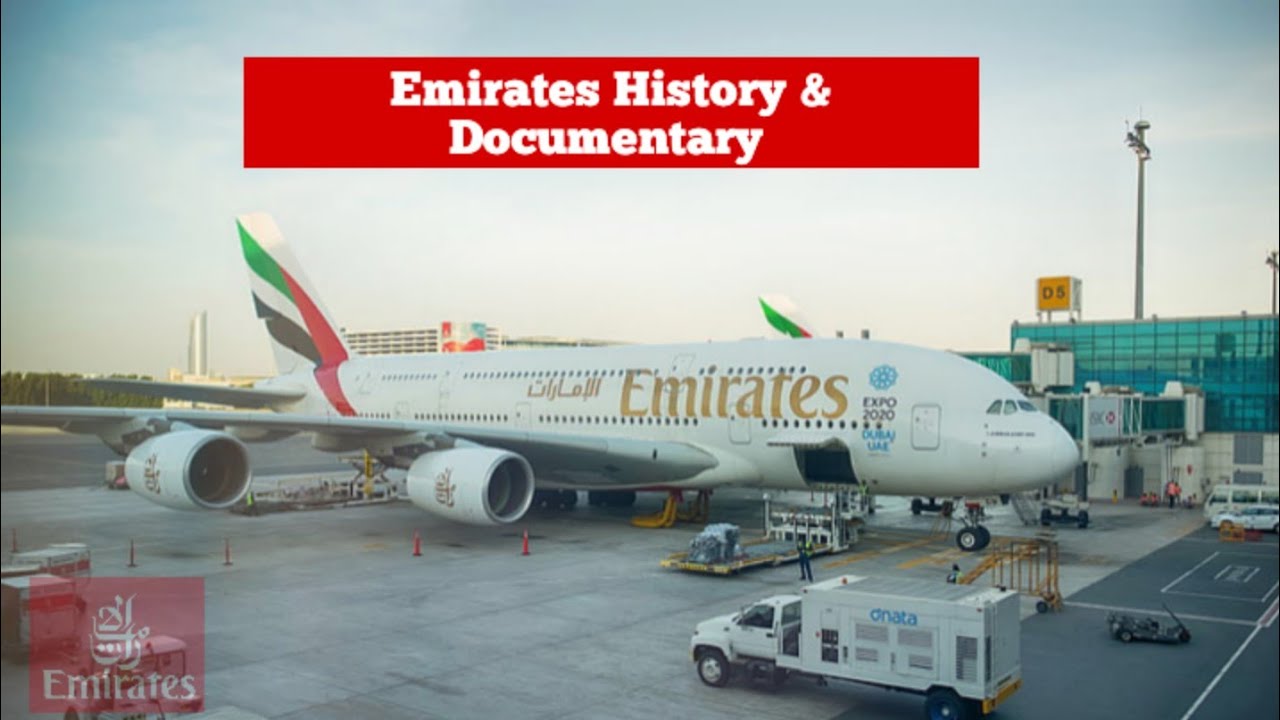The History Of Emirates’ Fleet
Summary
TLDREmirates, known for its streamlined fleet, had a diverse history. Starting with leased Boeing 737s and Airbus 300s, it transitioned to own its first Airbus A310 in 1987. The airline expanded with various aircraft, including Boeing 777s, becoming the world's largest 777 operator. It was also the first to order the Airbus A380, with a significant order that helped keep the program alive. Looking forward, Emirates plans a more varied fleet, including the 787, 777X, A330neo, A350, and A380, adapting to market changes.
Takeaways
- 😲 Emirates once operated a more diverse fleet, including the Boeing 737 and Airbus 300, which were wet-leased from Pakistan International Airlines (PIA).
- 🛫 The airline's first owned aircraft was an Airbus A310, received in July 1987, and they eventually operated 14 A310s and seven A300s.
- ✈️ In 1992, Emirates placed an order for seven Boeing 777s, with options for seven more, marking the beginning of a long-term commitment to this aircraft type.
- 🌐 The Boeing 777 family became a core part of Emirates' fleet, with the airline eventually becoming the world's largest operator of 777s, flying 142 of the type.
- 📉 In 2005, Emirates made history with the largest-ever order for 42 Boeing 777s at the time, showcasing their confidence in this aircraft model.
- 🐘 Emirates was the first airline to sign up for the Airbus A380 superjumbo, ordering seven with options for five more in 2000, and now operates a total of 115 with more on order.
- 🔄 In 2019, Emirates reduced its A380 orders and swapped some for A330-900s and A350-900s, reflecting a strategic shift towards more fuel-efficient aircraft.
- 📉 The airline's decision to cancel some A380 orders in 2019 contributed to Airbus' decision to shut down A380 production.
- 🔄 Emirates' cargo wing, SkyCargo, operates the Boeing 747, but the 747 has never been part of the mainline passenger fleet.
- 🔄 Looking to the future, Emirates is expected to operate a more varied fleet, including the Boeing 787, 777, Airbus A330neo, A350, and A380.
Q & A
What types of aircraft did Emirates operate in its early years?
-In its early years, Emirates operated Boeing 737s and Airbus 300s, which were wet-leased from Pakistan International Airlines (PIA). It also had two Boeing 727-200s from the Dubai Royal Family.
When did Emirates receive its first owned aircraft and what type was it?
-Emirates took delivery of its first owned aircraft in July 1987, which was an Airbus A310.
How many A310s and A300s did Emirates eventually operate?
-Emirates operated a total of 14 A310s and seven A300s.
What was the first widebody aircraft type that Emirates ordered?
-The first widebody aircraft type that Emirates ordered was the Boeing 777, with an order placed in 1992 for seven aircraft.
In what year did Emirates take delivery of its first A330-200 and how many did it eventually operate?
-Emirates took delivery of its first A330-200 in 1999 and operated a total of 29 of these aircraft.
What is the current number of Boeing 777 aircraft in Emirates' fleet?
-Emirates currently operates 142 Boeing 777 aircraft, making it the world's biggest operator of this type.
When did Emirates place the largest-ever order for Boeing 777s and how many aircraft did it include?
-Emirates placed the largest-ever order for Boeing 777s in 2005, which included 42 aircraft.
How many Airbus A380s has Emirates ordered and how many are still to be delivered?
-Emirates has ordered a total of 115 Airbus A380s, with eight more on the way.
What was the first year Emirates operated the Airbus A340-500 and how many did it eventually lease?
-Emirates began operating the Airbus A340-500 in 2003 and eventually leased eight A340-300s.
What is the status of Emirates' order for the Boeing 777X aircraft?
-Emirates initially ordered 150 Boeing 777X aircraft but reduced its order by 24 planes to 126 due to delays, swapping some for 30 787 Dreamliners.
What is the single Airbus A319 used for in Emirates' operations?
-Emirates uses the single Airbus A319 for VIPs, organizations, and other uses for high wealth individuals who want a private Emirates experience.
What changes has Emirates considered for its future fleet strategy?
-Emirates is looking to diversify its fleet in the future, potentially operating as many as five different aircraft types, including the Boeing 787, Boeing 777, Airbus A330neo, Airbus A350, and Airbus A380.
Outlines

This section is available to paid users only. Please upgrade to access this part.
Upgrade NowMindmap

This section is available to paid users only. Please upgrade to access this part.
Upgrade NowKeywords

This section is available to paid users only. Please upgrade to access this part.
Upgrade NowHighlights

This section is available to paid users only. Please upgrade to access this part.
Upgrade NowTranscripts

This section is available to paid users only. Please upgrade to access this part.
Upgrade NowBrowse More Related Video

Emirates Airlines History & Documentary - A Short Journey Of Excellence

The History of Emirates - Dubai's Global Airline (Asia's Airlines)

Emirates Cabin Crew Training

The Rise Of Emirates: A PIA Investment To Global Mega Airline

A New A380 Era: The 2021 Rise Of The Superjumbo

What Air India Just DID with Airbus A350s, A320s Shocked The Aviation! Here's Why
5.0 / 5 (0 votes)